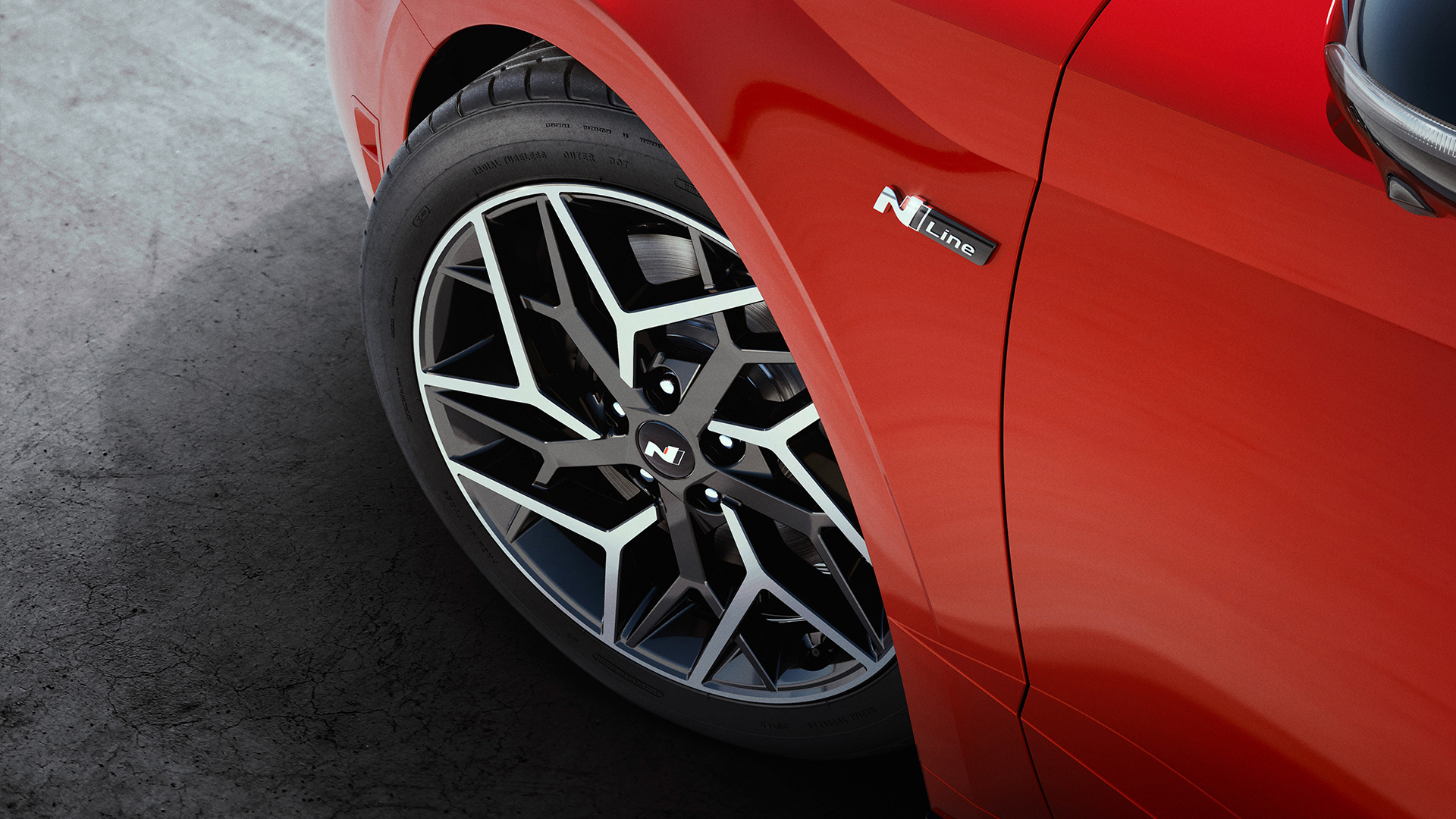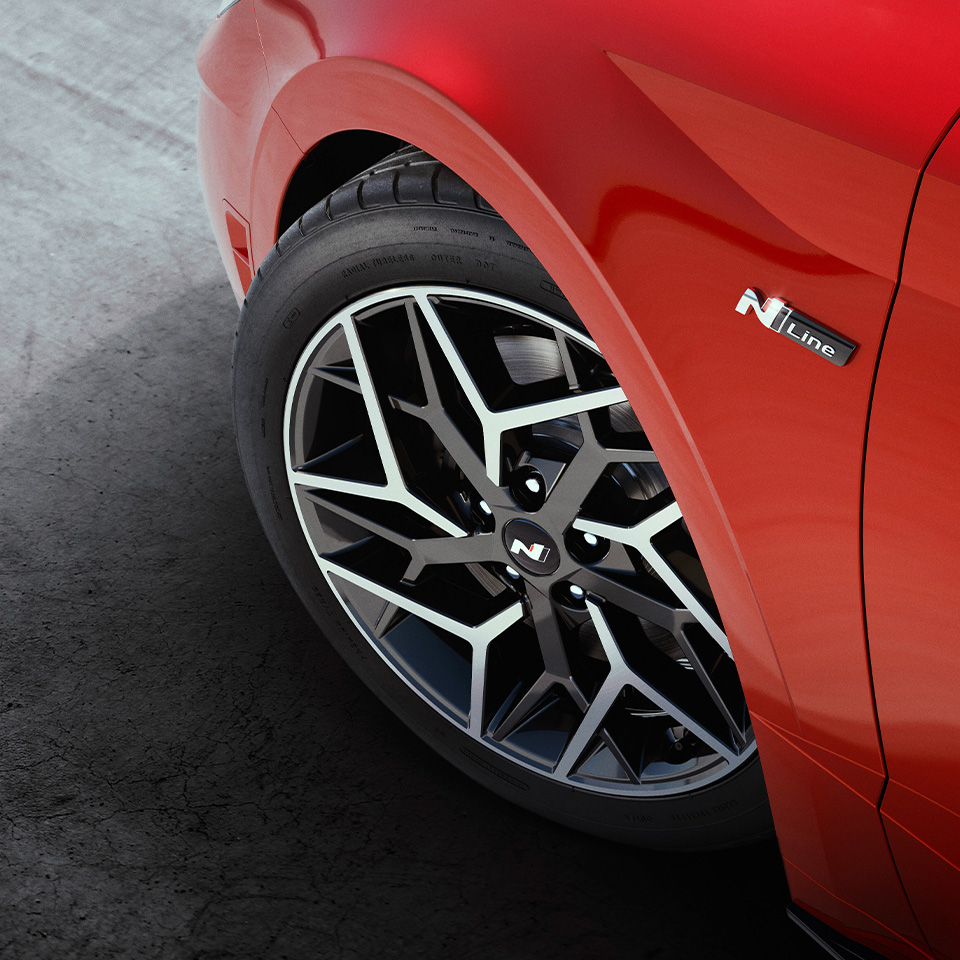



Have you only been focusing on oil, engine, and break related parts in your automobile management? Now it’s time to take notice of your tires and take thorough care of them. Tires are the only parts that directly contact the roads and are the only automobile parts that directly play a role in accelerating, brakes, cornering, and other automobile driving related matters; thus, they require continuous management. So, it’d make sense to know the basics on tires for successful tire management, right? Here are some common senses on tires you can easily overlook.

When you look at the instruction manual after purchasing a new car, there is a section on ‘taming a new car.’ Driving until you hit the first 1,000km plays a pivotal role in managing the car’s lifespan and functions; experts say you should refrain from speeding, sudden accelerating, and sudden brakes. Same goes for tires. New tires are softer compared to the worn-out tires, and their insides are not yet settled in.
Taming tires is not that different from taming new cars. Until you drive 500km~1,000km with them, you should refrain from speeding, making sudden brakes and sudden accelerations. Sudden speeding and brakes can create strong abrasion heat between the tire and the road which could cause disfiguration, excessive abrasion and uneven wear. Uneven abrasion can hurt comfortable driving and increase rotation resistance and thus bring down the overall tire function. Also, it’s better you refrain from excessive cornering and driving on unpaved road before the taming is completed.

There will be parts on a new tire that will spark the question of ‘what are these?’. They are the hair-like bumps and stickers on the tire surface. The hair-like bumps are tire spews. They are also called vent spews. Tire spews can be seen on the sides of the new tire and the tread (abrasion side). They’re created when the rubber is put inside the frame to which heat and pressure are applied. Small holes are made so that the air inside the frame can escape through them; the rubber gets out of the holes and solidifies, which is the tire spew. Don’t worry, because tire spews do not influence how the tire functions. What’s on the tread will naturally disappear as you drive a car.

Do you know what the stickers on the wheel and the tire are when a new car is released? They’re balance marks. Balance marks are used for wheel alignment and wheel balance. Wheel alignment is related to the overall balance of the car whereas the wheel balance influences the balance between the tire and the wheel. If the wheel and tire are unbalanced, vibration and noise will get worse as the car speeds up, which could even affect the safety. So, a sticker is put on the lightest side of the wheel as well as the heaviest side of the tire to balance each element out and find the optimum weight balance. Stickers face the same side when a car is first released, but as you drive, you will see that they change locations; unless there’s an issue with the driving, you don’t have to pay attention to them.

One of the most disconcerted moments you can experience while driving would be stumbling upon a flat tire. Flat tires are the correct expression, but in Korea we are more used to the expression ‘punked’ tires, which usually occur due to bumps or sharp objects on the road. Tires can also be damaged if they’re out of balance or there’s a problem with pressure. Recent cars have TPMS (Tire Pressure Monitoring System), and it allows the driver check the tire status with the tire pressure warning on the dashboard. But how could you notice tire damage if you’re driving a car without TPMS?
If your tires are damaged during driving, you may hear something dragging. Also, the handle may feel heavier, and an abnormal vibration could be felt. You will feel the car tilts to one side and have difficulty driving straight, and the car will be unstable when making a cornering. If the mileage is displayed drastically lower than usual, you can suspect a damaged tire; in such a case, stop the car and check it out with your eyes.

Usually, people replace tires according to mileage, but this isn’t the correct way to do it. When you change tires, it may differ depending on the status, driving habits, weather, tread design and usual tire management methods. So instead of figuring out when to replace your tires according to the mileage, use a more proactive method to recognize when to do so. The first standard of tire replacement would be TWI. TWI is usually in a square form engraved on the insides of the tire tread. If a tire is worn out to the marked TWI, it will not function properly, which could even cause a big accident.

There is a case when you should change your tire even when it hasn’t reached the TWI. It may look okay, but it could cause an abnormal noise when cornering or you have a hard time driving smoothly; in such a case, check the manufacturing date on the side of your tire. Tire manufacturing date is usually displayed on the side in 4-digit numbers. For example, 2719 means that the tire was produced in the 27th week of 2019. According to the Korea Consumer Agency’s experiment, tires that have been more than 5 years since manufactured will function 77% compared to when they were first manufactured and 22% when they’ve been more than 7 years.

Seasonal tires differ by tread shapes and materials. Summer tires are usually optimized for dry roads and show advantages in their drainage capacity and rainy road control. They are also used mostly for high-functioning automobiles on circuits as their grip increases in high temperature. Winter tires use rubber that is more flexible than summer tires or all-season tires, and can maintain higher grip force on icy roads. Tires harden when the temperature goes below 7 degrees; hardened tires can show drastic low level of grip on the ground and frictional force. Braking distance can also increase, which can lead to dangerous situations.

All-season tires are categorized into all-season and all-weather tires. Tires used most commonly in Korea are the all-season tires which function well in spring, summer, and fall. You can use them in wintertime on roads that are a little snowy, but in conditions below 7 degrees Celsius, they will be limited in their functions. All-weather tires are usually used in Europe; they show similar gripping force on snowy winter roads like winter tires but show less capacity compared to all-season tires on dry roads and are a little insufficient in wear-resistance. As explained above, each tire has different characteristics, so it’s best to selectively choose and operate tires depending on the season or the driving environment.
Tires require continuous management as they support the entire automobile weigh and are directly exposed to the roads. If you make a habit of checking your tires before you drive, it will be easier to manage them. Check your tires before going for a drive on a refreshing spring day.